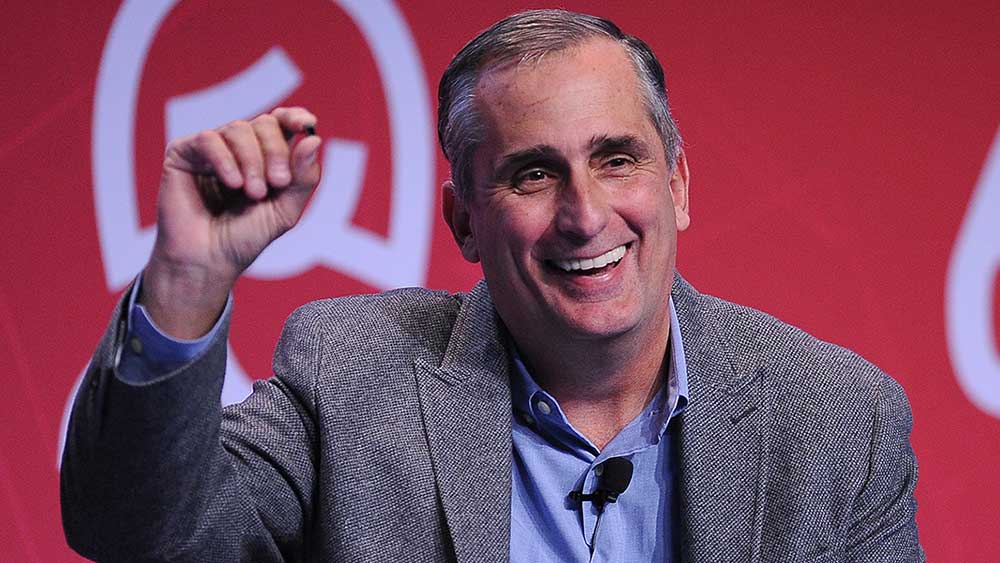-
Tips for becoming a good boxer - November 6, 2020
-
7 expert tips for making your hens night a memorable one - November 6, 2020
-
5 reasons to host your Christmas party on a cruise boat - November 6, 2020
-
What to do when you’re charged with a crime - November 6, 2020
-
Should you get one or multiple dogs? Here’s all you need to know - November 3, 2020
-
A Guide: How to Build Your Very Own Magic Mirror - February 14, 2019
-
Our Top Inspirational Baseball Stars - November 24, 2018
-
Five Tech Tools That Will Help You Turn Your Blog into a Business - November 24, 2018
-
How to Indulge on Vacation without Expanding Your Waist - November 9, 2018
-
5 Strategies for Businesses to Appeal to Today’s Increasingly Mobile-Crazed Customers - November 9, 2018
Intel steps into VR arena with Project Alloy open hardware platform
“Project Alloy is completely contained”, said Krzanich on stage at the company’s developer conference in San Francisco.
Advertisement
Intel has not provided a release date for Project Alloy as it is still in very early development. At the Intel Developer Forum today, the company announced Project Alloy, an untethered headset that packs everything into a single head-mounted display without the need for a PC or a mobile phone. Also, combined with collision detection and avoidance, enables the user to utilize physical movement to explore a virtual space.
RealSense is at the heart of Alloy’s self-contained AR/VR system – the first one that “operates without pesky cords dangling from your VR headset connecting to the computer”, according to Intel.
Intel’s headset will include everything you need to render the merged reality, with an internal battery for power, 3D cameras and sensors powered by Intel’s own RealSense motion tracking technology, and more.
Krzanich also shared the company’s vision for the future of technology spanning virtual reality, autonomous driving, the industrial Internet, and the important role developers play in bringing this future to life.
Microsoft is also partnering with Intel to make sure Windows content is optimised for Project Alloy and other Intel-based VR devices. However, Project Alloy, as the headset is being called, won’t actually compete head-to-head with the Oculus Rift or HTC Vive.
Windows Holographic is the version of the Windows operating system that is compatible with augmented reality and virtual reality.
The second innovation comes from Intel’s RealSense technology, providing a more immersive experience. While there are other companies jockeying to make a splash in the VR market, these are the only two high-profile launches to land in 2016.
The firm says its headset will offer “mixed reality” – bridging the gap between VR headsets such as the Oculus Rift and AR headsets such as the Microsoft HoloLens.
Advertisement
The Project Alloy headset is huge now, and it’s something you would never really put on your head. Though the specs of the headset haven’t been discussed, but Intel might not be able to match 4K output standards promised by some VR headsets.




























